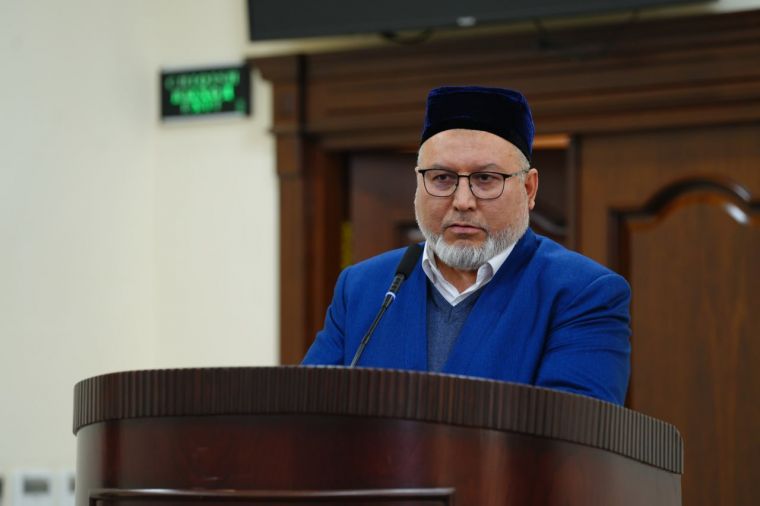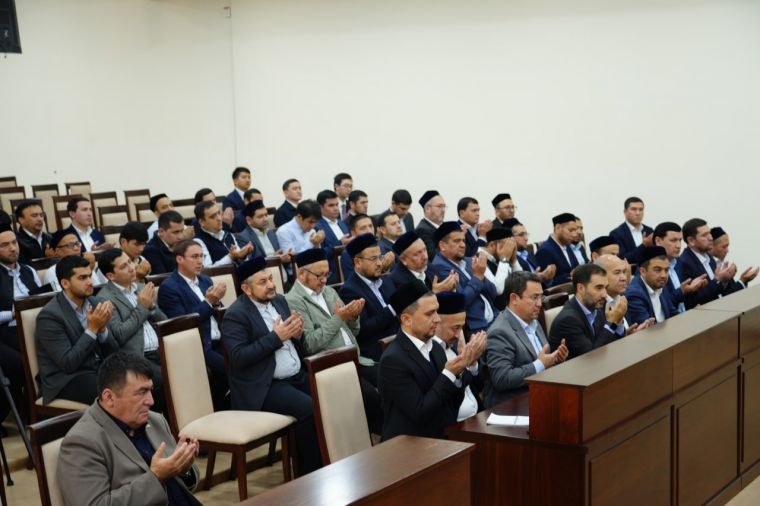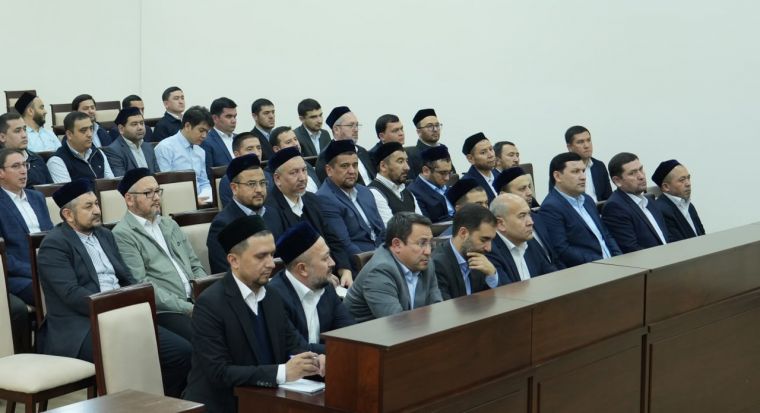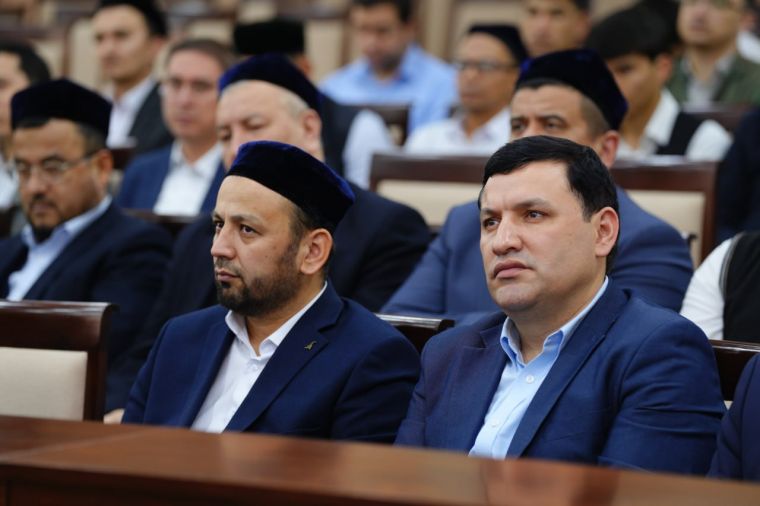Tashkent city


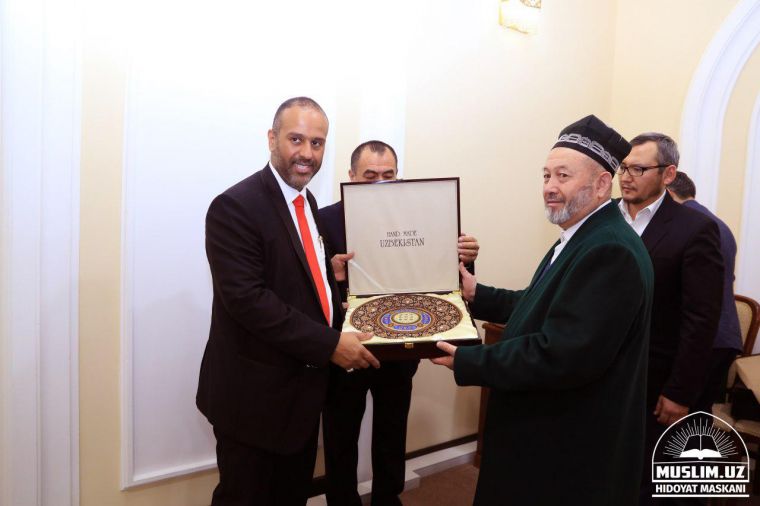
Yesterday on December 26th Muslim Board of Uzbekistan received Sheykh Salikh Salim Bahvayniy, the managing director of “al-Hidoya” company. The guest was welcomed by Ortikbek Yusupov, the Chairman of Committee on religious affairs under Cabinet Ministers of Uzbekistan and Usmankhan Alimov, Muftiy, Chairman of Muslim Board of Uzbekistan.
In his speech Usmankhan Alimov commented that with partnership of “al-Hidoya” company haj and umrah visits have been continuing successfully. However, it was suggested to improve the quality of services in hotels, transportation, meals, providing additional spaces in Mina and Musdalifa, creating more favorable conditions for the coordinating group of organizers, chefs and medical staff for the next year.
During the talks Ortikbek Yusupov underlined to book new hotels in Madina, to pay attention to organize general dining hall, to allocate separate room for organizers.
In his turn Sheyh Salih Salim Bahvaniy noted that serving to pilgrims was a great honor for him and his company, as a result Sheyh Salih stressed that his company serving pilgrims as for their family. Also, he noted to take into account all the comments and improve them in the coming pilgrimage. Sheyh also expressed his gratitude for the partnership.
At the end of the meeting agreement on “Umra-2018” was signed. According to the document 8500 pilgrims in spring season and 1500 pilgrims in Ramadan season will perform umrah. “Umra-2018” campaign is going to start on February 1st, 2018.
Press Service,
Muslim Board of Uzbekistan



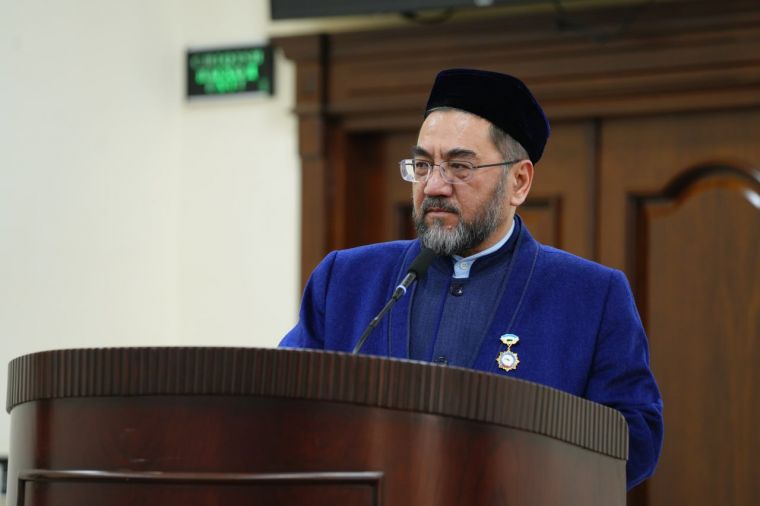
The Chairman of the Muslim Board of Uzbekistan, Mufti Sheikh Nuriddin Khaliqnazar, has been awarded the “120th Anniversary of Uzbekistan Trade Unions” commemorative medal. The medal was ceremoniously presented by Ulugbek Mukhamedov, Chairman of the Republican Council of the Trade Union of Workers in Entrepreneurship, Business, and Service Sectors.
During the ceremony, speakers emphasized that representatives of the religious sector are actively involved in the activities of the Federation of Trade Unions of Uzbekistan. They also highlighted that the charitable and large-scale initiatives implemented in recent years under the leadership of the Mufti have received high recognition across the country. The commemorative medal was presented as a symbol of gratitude and appreciation for these devoted efforts.
Press Service of the Muslim Board of Uzbekistan

